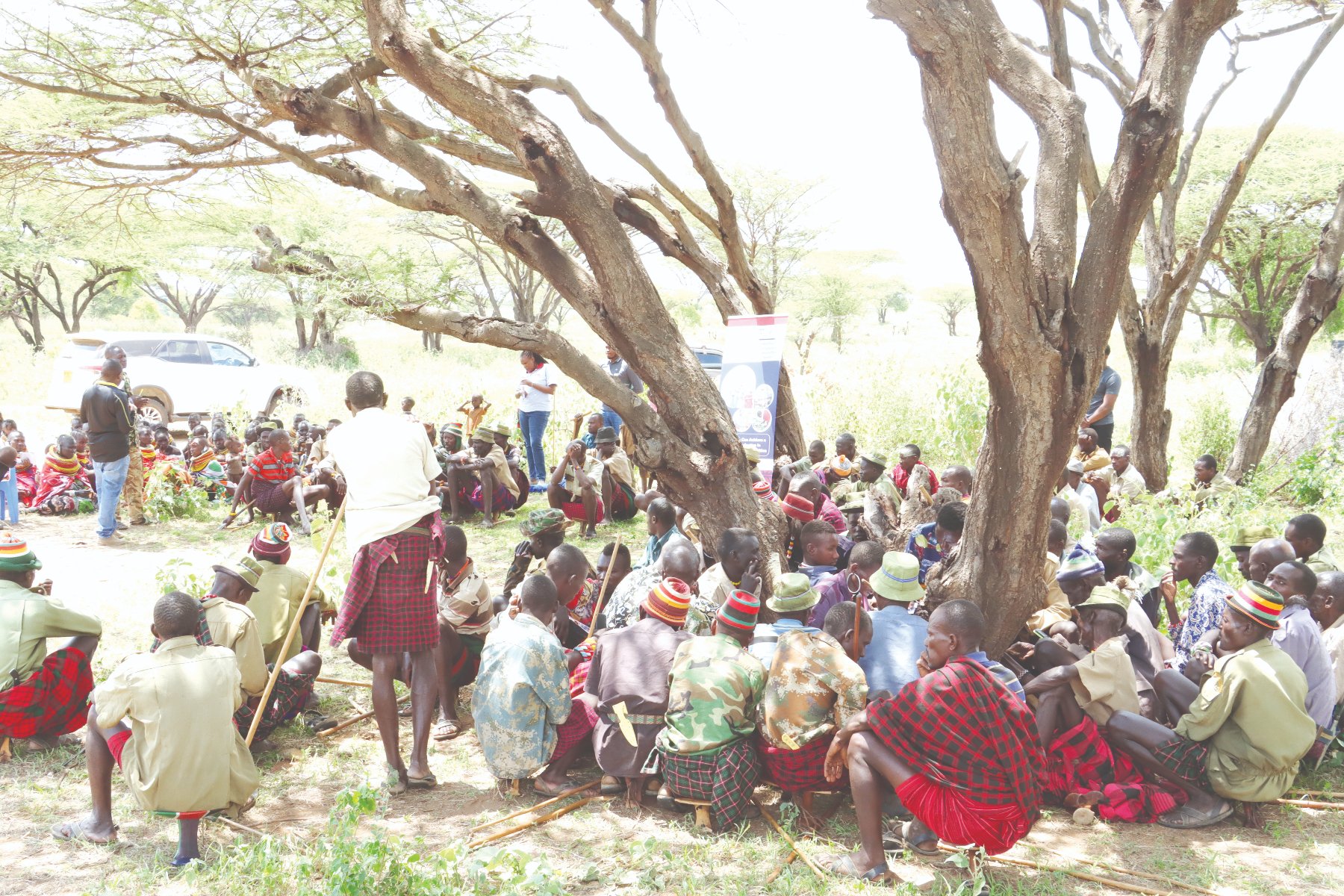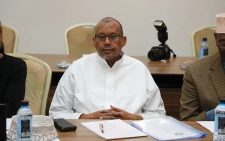Baragoi memories linger as guns go silent

More than 10 years later, the memories of the gruesome murder of 42 police officers during an ambush at the dreaded Suguta Valley in Baragoi, Samburu county by armed bandits are still vivid among Lomerok villagers.
The infamous valley is known for harbouring bandits who subsist in the craggy topography in the remote parts of Baragoi and who overpower police due to the unfriendly terrain of the area, poor communication network and their use of sophisticated weapons to carry out attacks.
The death trap is where the crooks, camouflaging in thickets, raided police officers aboard a police lorry and who were trailing hundreds of cattle believed to have been stolen from local herders.
At least 42 police officers died after their truck was sprayed with bullets in the 2012 attack as the bandits fled to safety. Military officers Following one of the worst attacks on police, the government then deployed military officers to pursue the attackers and recover stolen livestock, a move that saw over 10,000 displaced from their settlements in fear of being disarmed.
Lomerok, Marti, Kalele, Lokorkor and Muruakiring are among the dreaded villages in Samburu North constituency owing to occasional sharp deterioration of security. Over the years, locals have been living in fear as bandits have been defying combined security agencies to carry out the brazen attacks that often cause deaths, loss of livestock and destabilisation of the region’s economic activities.
During the hostilities between herders and bandits, women in the region bear the brunt as they are forced to starve in the villages as their husbands pursue the attackers. In some instances, children die from hunger while women succumb to complications in the hands of traditional midwives while giving birth as the villages do not have hospitals.
However, in the past two years, the once volatile region has experienced an unprecedented calm, thanks to USAid Nawiri’s innovative peace-building initiatives and the leadership of local administration. Resource-based conflict At the lowlands of the Inyalabet mountain, we find locals keenly following a local chief baraza organized by long-serving chief Chief William Napei to review their progress as a community. The residents sited at a community ground in Marti location have been serenely living here after fleeing Lochola location in search of pasture and water.
Etoout Nakinawi, a 59-year-old devoted female peacemaker, told journalists that opportunities presented to locals have silenced the crossfires between bandits and herders enabling them to restfully enjoy fragile peace in the last two years.
Through a comprehensive approach that addresses resource-based conflict and natural resource management, USAid Nawiri has helped the communities move from violence to cooperation, bringing hope to the region.
At the heart of the transformation has been the strategic use of controlled grazing patterns, which have proven critical to sustainable rangeland management in pastoralist communities. By regulating livestock movement and enforcing rotational grazing practices, the patterns help prevent overgrazing, allowing vegetation to recover and reducing land degradation.
According to locals, the structured approach has promoted the regeneration of natural resources, leading to improved biodiversity, soil fertility, and water retention. Healthier grazing lands, in turn, locals said have been providing more nutritious forage, enhancing livestock health and productivity, which boosts the economic well-being of pastoralists.
“The use of grazing patterns has also played a vital role in reducing conflict over scarce resources like pasture and water. Here in Samburu North, such practices have fostered peaceful coexistence between us and our neighbouring communities,” noted Nakinawi. John Wahome, a Peace and Natural Resources Management officer for USAid Nawiri said the most impactful intervention has been the enforcement of grazing patterns through hybrid committees composed of key community members.
According to Wahome, elders play a crucial role in enforcing strict measures that dictate rotational grazing patterns, allowing grass and browse to regenerate as livestock move systematically throughout the year.
“This structured approach has significantly reduced conflicts between neighbouring Samburu and Turkana communities, promoting more organised grazing.” Resource competition He revealed that the grazing patterns enforced through hybrid committees composed of respected elders and leaders from the Samburu, Turkana, and Pokot communities have ensured that no illegal grazing occurs without prior approval, preserving fragile rangelands and minimising resource competition that often led to violence.
Chief Napei who has been instrumental in ensuring the grazing rules are respected revealed that any herder who violates the agreement is fined with a cow, which is slaughtered and feasted upon by the peacekeepers as a way to reinforce the importance of the rules.













